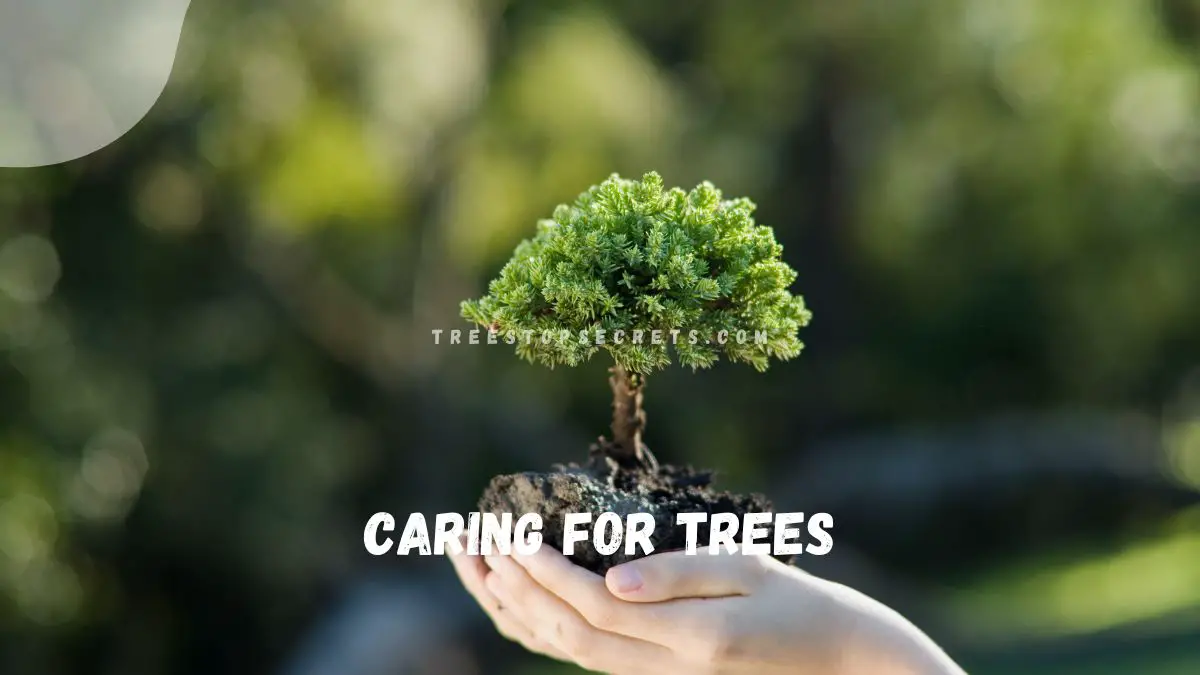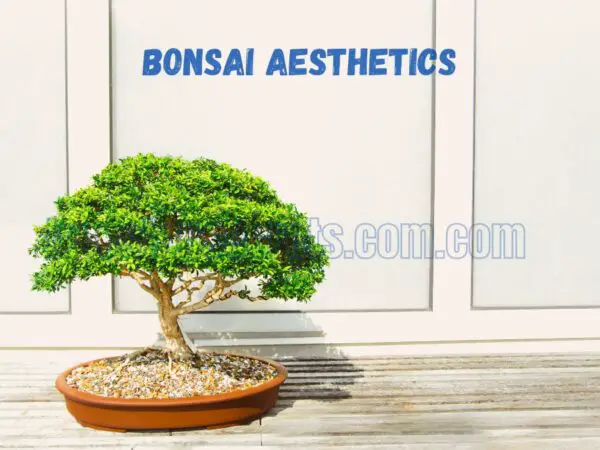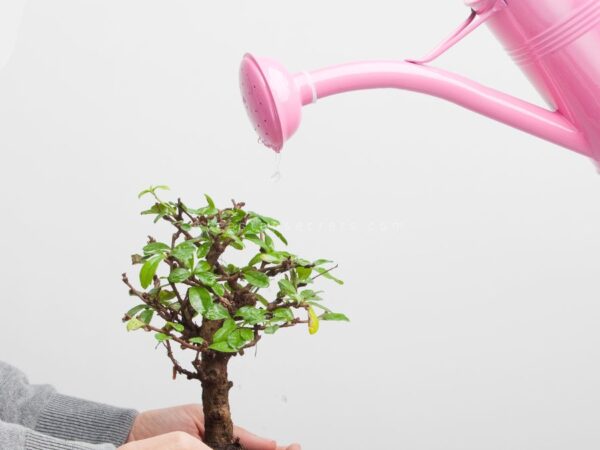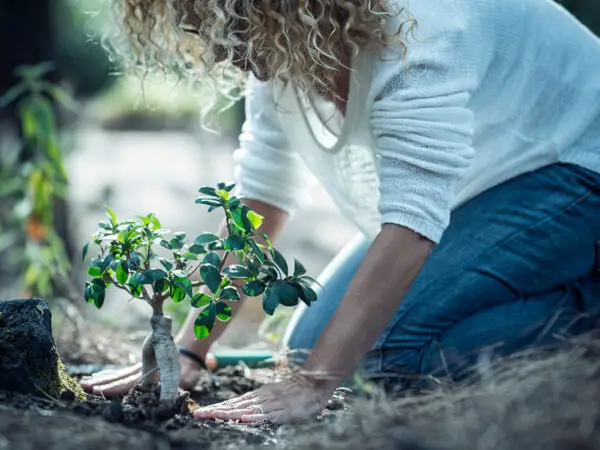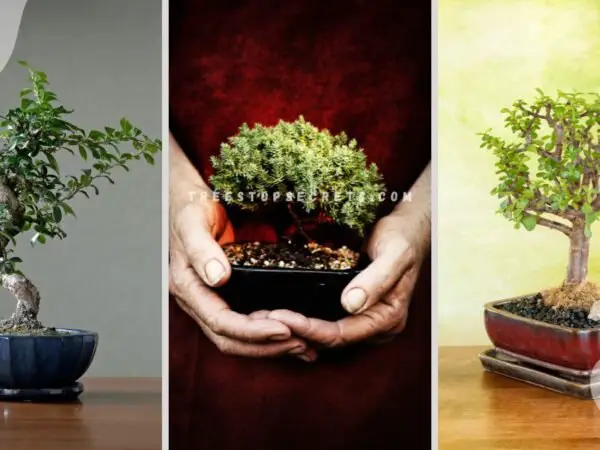Delving into the ancient art of caring for bonsai trees offers a blend of tranquility and skill. Dating back over a thousand years, this practice requires patience, attention to detail, and a deep understanding of horticulture. By nurturing these miniature trees, enthusiasts embark on a journey that intertwines nature with mindfulness, creating a serene oasis within their living spaces. Whether you're a seasoned bonsai gardener or just starting, the rewards of tending to these delicate creations are bountiful.
Key Takeaways
- Understand Bonsai Care Basics: Learn the fundamental principles of caring for bonsai trees, including watering, soil, pruning, and styling.
- Place Your Bonsai Wisely: Ensure your bonsai is placed in an ideal location with adequate sunlight and proper temperature.
- Master Watering Techniques: Water your bonsai correctly by understanding its specific needs and avoiding overwatering or underwatering.
- Nurture with Proper Soil and Fertilizer: Use suitable soil mixtures and fertilizers to maintain the health and growth of your bonsai tree.
- Prune and Style Regularly: Regularly prune and style your bonsai to maintain its shape, promote growth, and enhance its aesthetic appeal.
- Stay Vigilant Against Common Problems: Be aware of common issues like pests, diseases, and environmental stressors, and take prompt action to address them effectively.
Bonsai Basics
Choosing the Right Species
When selecting a bonsai tree species, research various options to find one suitable for your skill level and local climate. Consider factors like growth patterns, maintenance needs, and design preferences. For instance, a beginner may opt for a hardy species like the Ficus or Chinese Elm.
Understanding Tree Needs
To care for your bonsai effectively, understand its specific requirements such as watering frequency, pruning techniques, and light exposure. Familiarize yourself with the tree's growth habits and native environment. Look out for signs of stress or nutrient deficiencies like yellowing leaves or stunted growth.
Indoor vs Outdoor Growth
Determine whether your bonsai should be grown indoors or outdoors by assessing your home's environmental conditions. Take into account factors like sunlight availability, temperature variations, and humidity levels. Indoor cultivation offers control over external elements, while outdoor growth provides natural conditions for certain species.
Repotting Fundamentals
Know when it's time to repot your bonsai by considering factors such as its age, root development, and pot size. Use an appropriate soil mix and pot size during repotting to support the tree's health. Follow correct repotting procedures to prevent root damage and encourage robust growth.
Ideal Placement
Light Requirements
Place your bonsai tree where it gets enough indirect sunlight for healthy growth. Different species have specific light needs to avoid issues like sunburn or inadequate light. Rotate your bonsai tree regularly for even light exposure and balanced development.
Temperature Maintenance
Maintain stable temperatures around your bonsai tree within its preferred range to support its well-being. Sudden temperature changes can harm the plant, so shield it from extremes. For sensitive bonsai types, consider using tools like heat lamps or fans to regulate temperatures effectively.
Positioning Tips
Experiment with various locations to discover the perfect spot for your bonsai's growth and health. Keep your bonsai away from drafts, heating vents, or air conditioning units that can disrupt its environment. Elevate your bonsai using plant stands or shelves to enhance air circulation and light access.
Watering Techniques
How Much Water
Determining the appropriate amount of water for your bonsai tree is essential. Factors like species and environmental conditions play a crucial role in this decision. Using a moisture meter or simply conducting a finger test can help you understand the soil's moisture level before watering. Adjust your watering frequency based on seasonal changes and your bonsai tree's growth stage.
- To gauge the soil's moisture level, use a moisture meter or conduct a simple finger test.
- Adjust your watering frequency according to seasonal changes and the growth stage of your bonsai tree.
When to Water
Water your bonsai tree when the topsoil feels slightly dry to the touch. It's crucial to avoid overwatering by allowing the soil to dry out between watering sessions. Consider external factors such as humidity levels and temperature when establishing a watering schedule for your bonsai tree.
- Water your bonsai tree when the topsoil feels slightly dry.
- Take into account factors like humidity and temperature when determining the watering schedule.
Signs of Overwatering
Detecting signs of overwatering is vital for maintaining your bonsai tree's health. Keep an eye out for symptoms like yellowing leaves, root rot, or mold growth. Regularly monitor the soil moisture levels to prevent overwatering and ensure your bonsai tree thrives.
- Watch for symptoms of overwatering such as yellowing leaves and root rot.
- Regularly monitor soil moisture levels to prevent overwatering and maintain tree health.
Soil and Fertilizing
Soil Types
When caring for bonsai trees, choose well-draining soil mixes tailored for them to ensure robust root development. Factors like particle size, pH levels, and organic matter content significantly impact the health of your bonsai. Experiment with various soil compositions to discover the ideal mix for your specific bonsai species.
- Opt for well-draining soil mixes
- Consider particle size, pH levels, and organic matter content
- Experiment with different soil compositions
Fertilizer Use
To support healthy growth, apply a balanced bonsai fertilizer throughout the growing season. Adhere to the recommended dosage guidelines on the fertilizer packaging to prevent nutrient imbalances. For sustained nutrient supply, contemplate using organic or slow-release fertilizers.
- Apply balanced bonsai fertilizer
- Follow recommended dosage instructions
- Consider organic or slow-release options
Nutrient Balance
Maintain an adequate balance of nitrogen, phosphorus, and potassium in your bonsai tree's fertilizer routine. Regularly test the soil's nutrient levels to modify the fertilizer application accordingly. Understand the specific nutrient needs of your bonsai tree species to enhance its overall health and vigor.
- Balance nitrogen, phosphorus, and potassium
- Monitor soil nutrient levels through testing
- Understand specific nutrient requirements
Pruning and Styling
When to Prune
Prune your bonsai tree in the right season to stimulate new growth and maintain its shape. Use sharp tools to prevent damage and infections. Remove dead, diseased, or overgrown branches to improve health.
Styling Methods
Explore various bonsai styling techniques such as formal upright, informal upright, cascade, and broom styles. Consider your bonsai tree species' natural growth pattern when selecting a styling method. Utilize wiring and pruning techniques for desired design while ensuring tree health.
Maintenance Trimming
Regularly trim your bonsai tree's foliage and branches to maintain shape and encourage new growth. Eliminate unwanted shoots or branches to enhance aesthetics. Trim cautiously to avoid harming the tree.
Common Problems
Pest Control
Inspect your bonsai tree regularly for common pests like aphids, spider mites, and scale insects. Use neem oil or insecticidal soap to eliminate pests without harming the tree. Quarantine infected bonsai trees to prevent pest spread.
Disease Prevention
Prevent bonsai tree diseases by maintaining proper watering practices and good air circulation. Disinfect pruning tools after each use to prevent disease transmission. Treat fungal infections promptly with appropriate fungicides.
Addressing Stress Signs
Identify stress signs in your bonsai tree such as wilting leaves or stunted growth. Adjust care routines by addressing underlying causes like overwatering or inadequate light. Provide extra care to help stressed bonsai trees recover and thrive.
Advanced Care Techniques
Seasonal Care Tips
Adjust your bonsai tree care routine based on seasonal changes. Consider temperature fluctuations and daylight hours for optimal care. Protect your tree from frost or heat stress during extreme weather conditions. Engage in tasks like repotting, pruning, and fertilizing to support growth.
- Monitor seasonal changes
- Protect from extreme weather
- Perform tasks like repotting
Long-term Health
Develop a long-term care plan for your bonsai tree. Regular maintenance tasks and monitoring are crucial for its health. Monitor growth patterns, root development, and overall health regularly to detect issues early on. Invest in quality tools, soil mixes, and fertilizers for vitality.
- Create a care plan
- Monitor growth and health
- Invest in quality tools
Specialized Tools
Acquire specialized bonsai tools like concave cutters, knob cutters, and wire cutters for precise pruning. Quality tools prevent damage and ensure successful shaping techniques. Clean and maintain your tools regularly to prolong their lifespan.
- Use specialized tools
- Prevent damage with quality tools
- Maintain tools regularly
Cultivating New Bonsai
Seed Growing
Growing bonsai trees from seeds provides a rewarding experience, witnessing the full lifecycle of tree cultivation. Select high-quality bonsai tree seeds for better germination rates, ensuring a healthy start for your seedlings. Follow seed planting guidelines diligently, providing optimal growing conditions such as proper sunlight and watering.
Cloning Methods:
- Air layering
- Cutting propagation
- Grafting
Cloning Methods
Discover various cloning methods like air layering, cutting propagation, and grafting to replicate favorite bonsai trees. Experiment with different techniques to expand your collection and preserve unique specimens. Master the art of cloning to create genetically identical bonsai trees with desirable traits and characteristics.
Grafting Techniques:
- Approach grafting
- Thread grafting
Grafting Techniques
Explore grafting techniques such as approach grafting and thread grafting to combine different bonsai tree varieties creatively. Use grafting to repair damaged trees, alter characteristics, or craft intricate designs. Practice grafting meticulously with sterile tools under controlled conditions for successful integration and healing.
Final Remarks
You've now grasped the essentials of caring for bonsai trees, from placement and watering techniques to pruning and advanced care. Remember, the key to thriving bonsai lies in understanding their specific needs and responding accordingly. By following these guidelines, you can ensure your bonsai not only survives but flourishes.
Incorporate these practices into your routine, observing your bonsai's response and making adjustments as needed. Share your newfound knowledge with fellow enthusiasts and continue to expand your expertise in cultivating these miniature marvels. Your commitment to mastering bonsai care will not only benefit your plants but also deepen your appreciation for the art of bonsai cultivation. Keep nurturing and learning, and watch your bonsai thrive!
Frequently Asked Questions
How often should I water my bonsai tree?
Water your bonsai tree when the topsoil feels slightly dry to the touch, usually every 2-3 days. Adjust based on factors like humidity levels and season.
Can I place my bonsai tree outdoors?
Yes, you can place your bonsai tree outdoors, but ensure it receives appropriate sunlight and protection from extreme weather conditions.
When should I prune my bonsai tree?
Prune your bonsai tree during the growing season to maintain its shape and health. Regular pruning helps promote new growth and maintains the desired size.
What are common problems that bonsai trees face?
Common problems include overwatering, underwatering, pests, diseases, and improper positioning. Monitor your bonsai closely for any signs of distress and take necessary actions promptly.
How can I fertilize my bonsai tree effectively?
Fertilize your bonsai tree with a balanced liquid fertilizer during the growing season. Dilute the fertilizer according to the instructions and apply it to moist soil for optimal absorption.
Image Source: Paid image from CANVA

